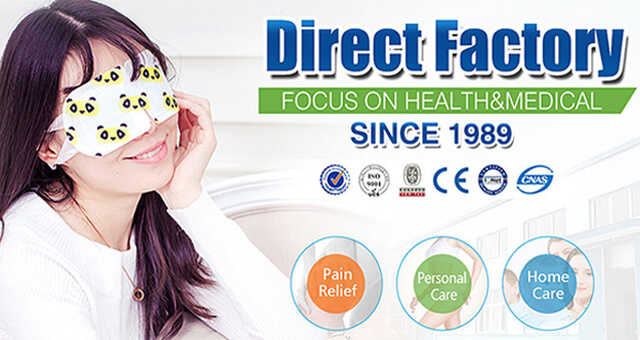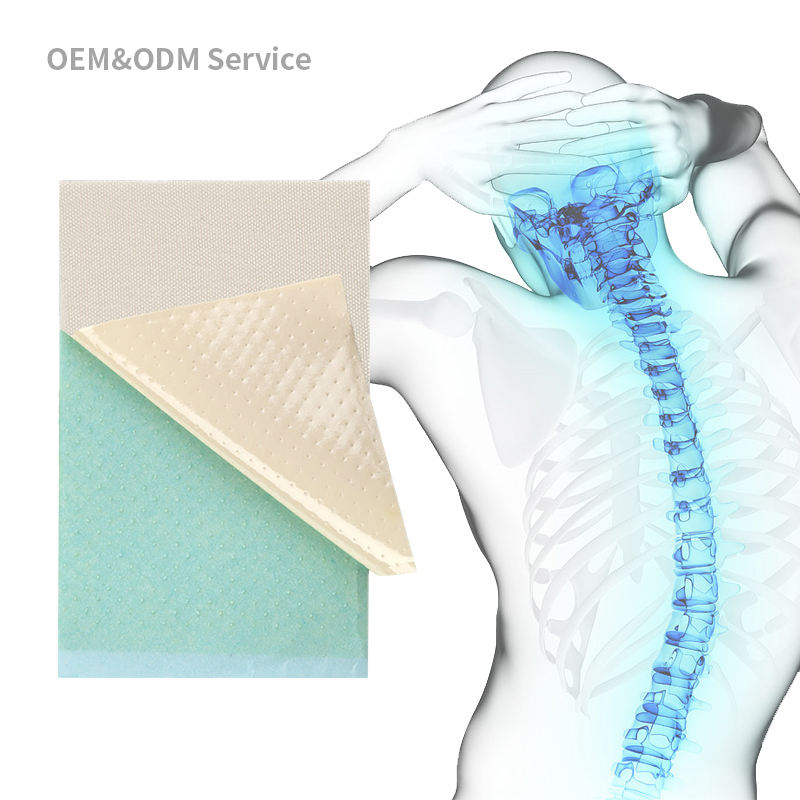Author:Kangdi 30-05-2023
Pain relief patches have gained popularity as a convenient and effective solution for managing various types of pain. However, with the abundance of options available in the market, it can be challenging to identify which pain relief patches are of high quality and offer optimal therapeutic benefits. In this article, we will guide you through key factors to consider when distinguishing between good and bad pain relief patches. By understanding these factors, you can make informed choices and ensure that you select pain relief patches that deliver the desired results.
01. Active Ingredients:
One of the primary indicators of a good pain relief patch is the presence of high-quality active ingredients. Look for patches that contain proven analgesic substances such as lidocaine, menthol, or camphor. These ingredients work to provide localized pain relief and reduce inflammation. Avoid patches that lack clear information about their active ingredients or include low-quality or potentially harmful substances.
02. Adhesive Quality:
The adhesive quality of a pain relief patch is crucial for its effectiveness and convenience. A good pain relief patch should have a strong and long-lasting adhesive that adheres well to the skin, allowing the active ingredients to penetrate and provide sustained relief. Be cautious of patches with weak adhesion, as they may easily peel off or lose effectiveness over time.
03. Safety and Skin Compatibility:
Consider the safety and skin compatibility of pain relief patches before use. Look for patches that have undergone rigorous testing and are free from harmful chemicals, irritants, or allergens. High-quality patches are often dermatologically tested and hypoallergenic, ensuring they can be safely applied to different skin types without causing adverse reactions.
04. Packaging and Brand Reputation:
Pay attention to the packaging and brand reputation when evaluating pain relief patches. Reputable manufacturers invest in professional packaging that provides clear instructions, ingredient lists, and usage guidelines. Additionally, consider brands with a strong track record of producing reliable and effective pain relief products. Look for customer reviews and seek recommendations from healthcare professionals or trusted sources.
05. Regulatory Compliance:
Ensure that the pain relief patches you choose comply with relevant regulatory standards and certifications. Look for patches that are manufactured in compliance with Good Manufacturing Practices (GMP) and adhere to quality control processes. Verify if the manufacturer is registered with regulatory bodies, such as the FDA (Food and Drug Administration) or equivalent agencies in your country. These certifications indicate that the manufacturer follows strict guidelines for product safety and quality.
Selecting high-quality pain relief patches is essential for achieving effective pain management and ensuring your well-being. By considering factors such as active ingredients, adhesive quality, safety, packaging, brand reputation, and regulatory compliance, you can distinguish between good and bad pain relief patches. Prioritize your health and choose pain relief patches that meet these criteria, providing you with the relief you need. Always consult with a healthcare professional for personalized advice and recommendations based on your specific condition.
 0086 19937104978
0086 19937104978





